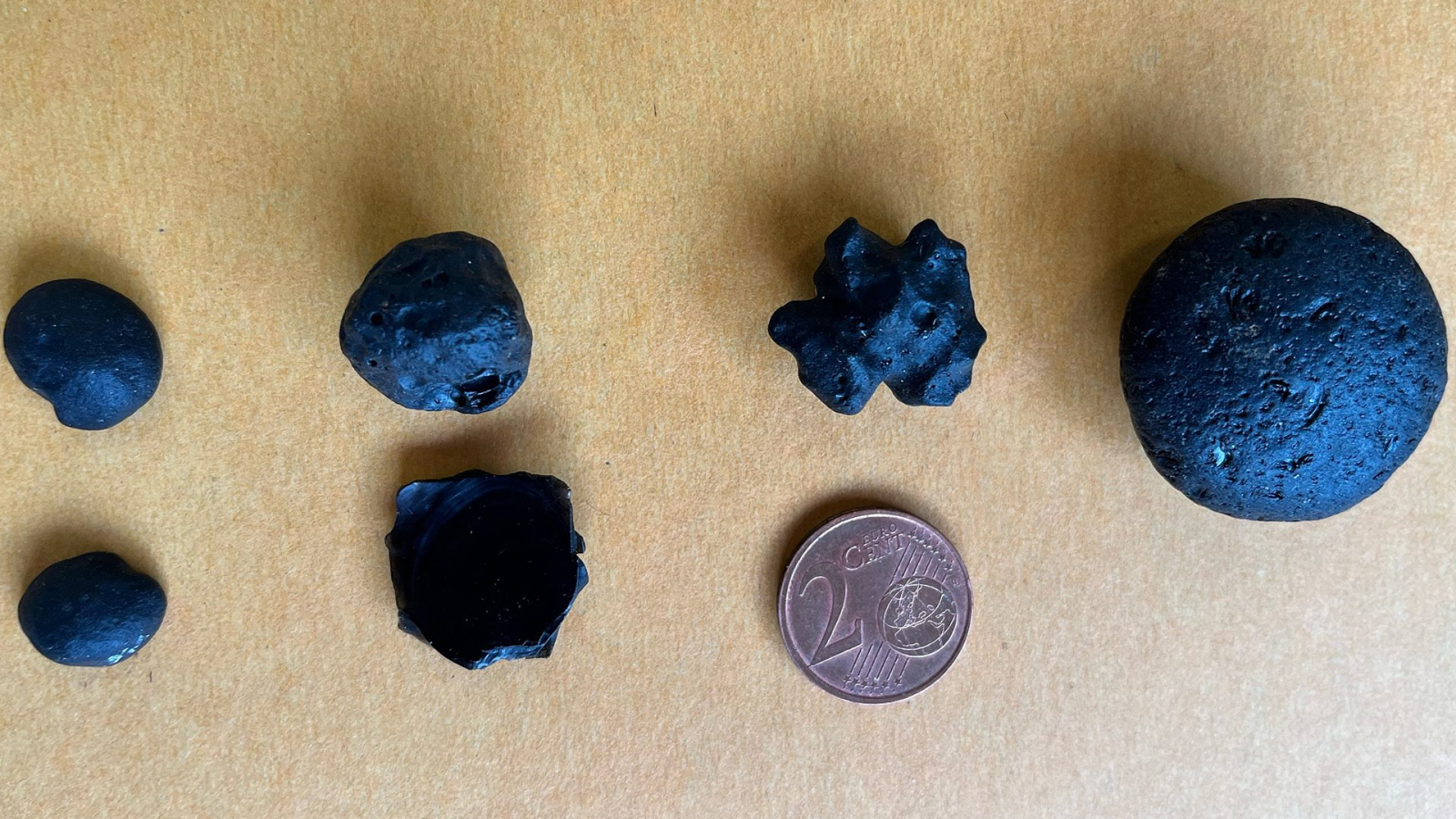For years, it has been one of the biggest mysteries in marine biology: What is killing the starfish?
Since 2013, billions of sea stars, an elegant ocean species commonly known as starfish that are a key part of the environment along the coast of California and other states, have been dying. The animals have suffered from a disease that causes parts of them to shrivel and melt away.
In some places 90% of the sea stars died from the gruesome ailment, which is known as “wasting disease.” It has affected more than 20 species of sea stars found in the northeast Pacific Ocean from Alaska to the Baja California peninsula in Mexico, including Monterey Bay, the Sonoma Coast and other parts of the California shoreline, including the most susceptible sunflower sea stars.

On Monday researchers at the University of British Columbia and the University of Washington said they have found the culprit: A strain of bacteria called Vibrio pectenicida.
The bacteria, a distant cousin of the bacteria that can cause cholera in humans, has been known to harm coral and shellfish. In four years of research, which the scientists published in the journal Nature Ecology and Evolution, the researchers found it causes otherwise healthy sunflower sea stars to melt and die.
“It’s just heartbreaking to watch them die,” said co-author Drew Harvell, a University of Washington affiliate professor in the School of Aquatic and Fishery Sciences, and an adjunct faculty member at Stanford University’s Oceans Department. “Sunflower sea stars are enchanting creatures and they’re quite interactive. At feeding time, they will come toward you. If you throw clams to the stars, they can catch them. It’s so gratifying to finally have an answer.”

Between 5 and 6 billion sea stars on the West Coast have died, according to some estimates.
The loss of so many led to a population explosion of sea urchins — the prickly species that sea stars commonly eat — along the West Coast over the past decade. And because sea urchins eat kelp, the big growth in the urchin population caused a decline in kelp forests along California’s coast, which are key habitats for sea otters, fish and other species.
“When we lose billions of sea stars, that really shifts the ecological dynamics,” said Melanie Prentice, an evolutionary ecologist at the University of British Columbia and a lead author on the paper.
Some populations of sea stars have begun to slowly bounce back, although it varies widely by location on the West Coast, said Mike Murray, director of veterinary services at the Monterey Bay Aquarium.
“There is some evidence of recovery,” Murray said Monday. “I’m seeing more sea stars than I remember seeing back in 2015 and 2016.”
Researchers in California on Monday called the new study significant.
“This is great work. I am impressed,” said Pete Raimondi, a professor of ecology and evolutionary biology at UC Santa Cruz. “This research is quite strong.”
Both Raimondi and Murray said the findings raise new questions for marine biologists to pursue. The type of bacteria already exists in the ocean. What triggered the massive die-off? Does the same bacteria affect other species of sea stars? That type of bacteria does well in warm waters. Has climate change played any role?
“Bacteria is everywhere in the ocean,” Raimondi said. “The question is what made it go rogue?”
Murray agreed.
“Something happened to trigger it,” he said. “Maybe it was changes in water temperature, changes in PH, or something else. Those kinds of things could trigger a cascade of events.”
The decline of one species of sunflower sea stars has been so dramatic that in 2023, NOAA, the National Oceanic and Atmospheric Administration, announced it would decide whether to list them as threatened under the Endangered Species Act.
On Monday environmentalists urged the agency to move forward with that step.
“Hats off to the dedicated researchers who’ve identified what killed billions of these extraordinary sea stars in the Pacific,” said Catherine Kilduff, a senior attorney at the Center for Biological Diversity. “With this new information, I’m hopeful we’ll be able to stop the sunflower sea star’s decline and get their populations back up so they’re thriving again. This hard-won discovery can help entire ecosystems and it shows why research funding and species protection is so important. The federal government needs to stop dragging its feet and provide the safeguards these sea stars desperately need to survive.”
Researchers said the discovery could help lead to other techniques to help sea stars bounce back, including finding sea stars in the wild that are resistant to the bacteria, breeding them in captivity and releasing them into the wild.
Already, some captive breeding programs have proven successful at the California Academy of Sciences, Moss Landing Marine Labs, and the University of Washington’s Friday Harbor Lab, among others.
Along some parts of the California coast, from Marin to Mendocino, scientists have been replanting kelp and working to remove overgrown urchin populations to help restore kelp forests that were depleted when sea star populations crashed.
The detective work involved in Monday’s announcement has been a marathon effort. In 2014, scientists from the Monterey Bay Aquarium, UC Santa Cruz, Cornell University and other institutions published a paper suggesting that a type of virus distantly related to parvovirus, the cause of feline distemper in cats and canine parvovirus in dogs, might be behind the die-off. That theory proved to be incorrect, but demonstrates how science is an ongoing journey, Murray said.
“We were wrong. But that makes me happy,” Murray said. “That’s the way science works. Sometimes we undervalue failures. We learn from them.”
Originally Published:
Source link






